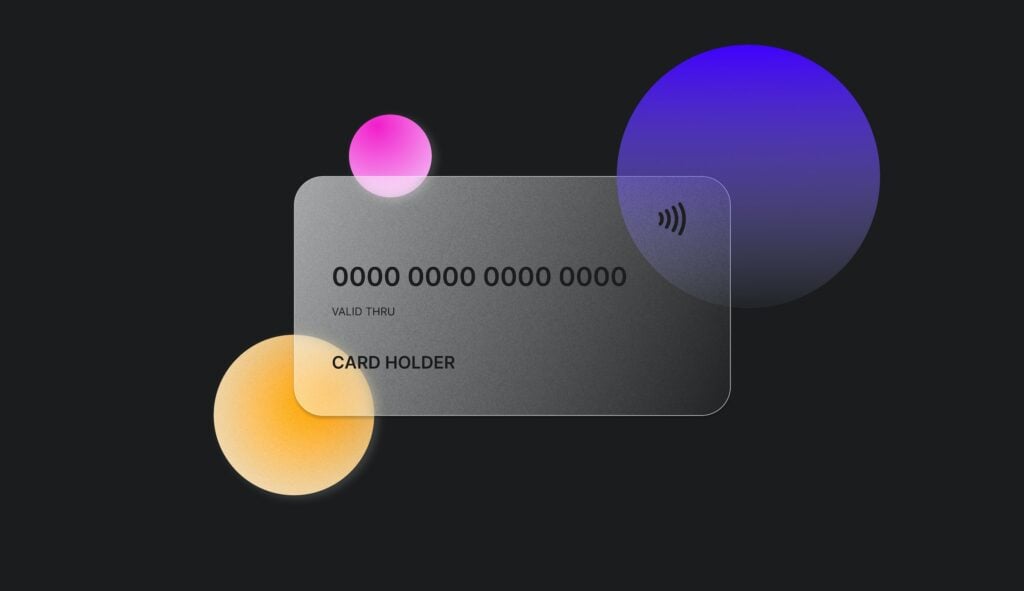Let’s face it; credit card interest can be a real pain in the wallet. But understanding how to calculate credit card interest can help you make smarter financial decisions and potentially save you a ton of money. So, buckle up and get ready to dive into how to calculate credit card interest.

The Basics of Credit Card Interest Calculation
Calculating credit card interest isn’t rocket science but requires some basic math skills. Here’s a simple three-step process to calculate your monthly APR rate:
Find your current APR and balance in your credit card statement.
- Divide your current APR by 12 (for the twelve months of the year) to find your monthly periodic rate.
- Multiply that number by the amount of your current balance.
Then multiply $500 x 0.0149 for $7.45 each month. Therefore, you should have been charged $7.45 in interest charges based on your $500 balance.
The Shocking Truth About Credit Card Interest Rates
Did you know that Americans pay a whopping $120 billion per year in credit card interest and fees? And the average credit card interest rate in America today is 24.06%. That’s right, folks. Credit card interest rates are soaring higher than a kangaroo on a trampoline.
But why are credit card interest rates so high? One reason is the consolidation of the credit card market, with just eight big financial players controlling 70% of the total balances.
Additionally, credit card companies often use rewards programs and high switching costs to keep customers locked in, making it difficult for consumers to shop around for better rates.
How to Fight Back Against High-Interest Rates
Now that you know how to calculate credit card interest and understand the factors driving high-interest rates, it’s time to take action. Here are some tips to help you save money and avoid the dreaded credit card interest trap:
Pay off your balance in full each month to avoid interest charges altogether.
- Shop around for credit cards with lower interest rates or 0% introductory offers.
- Consider transferring your balance to a card with a lower interest rate or a 0% balance transfer offer.
- Keep an eye on your credit card statements and monitor your interest charges to ensure you’re not being overcharged.
In Conclusion
Calculating credit card interest may not be the most exciting topic, but understanding how it works can save you significant money. So, the next time you’re faced with a credit card statement, remember the wise words of an unknown author: “Credit card interest payments are the dumbest money of all”. Don’t let high-interest rates get the best of you – take control of your finances and keep more hard-earned cash in your pocket.




